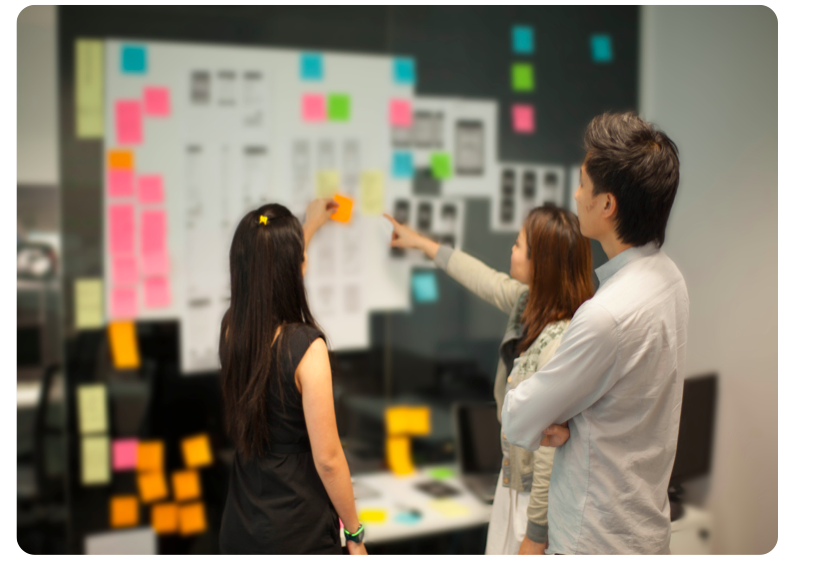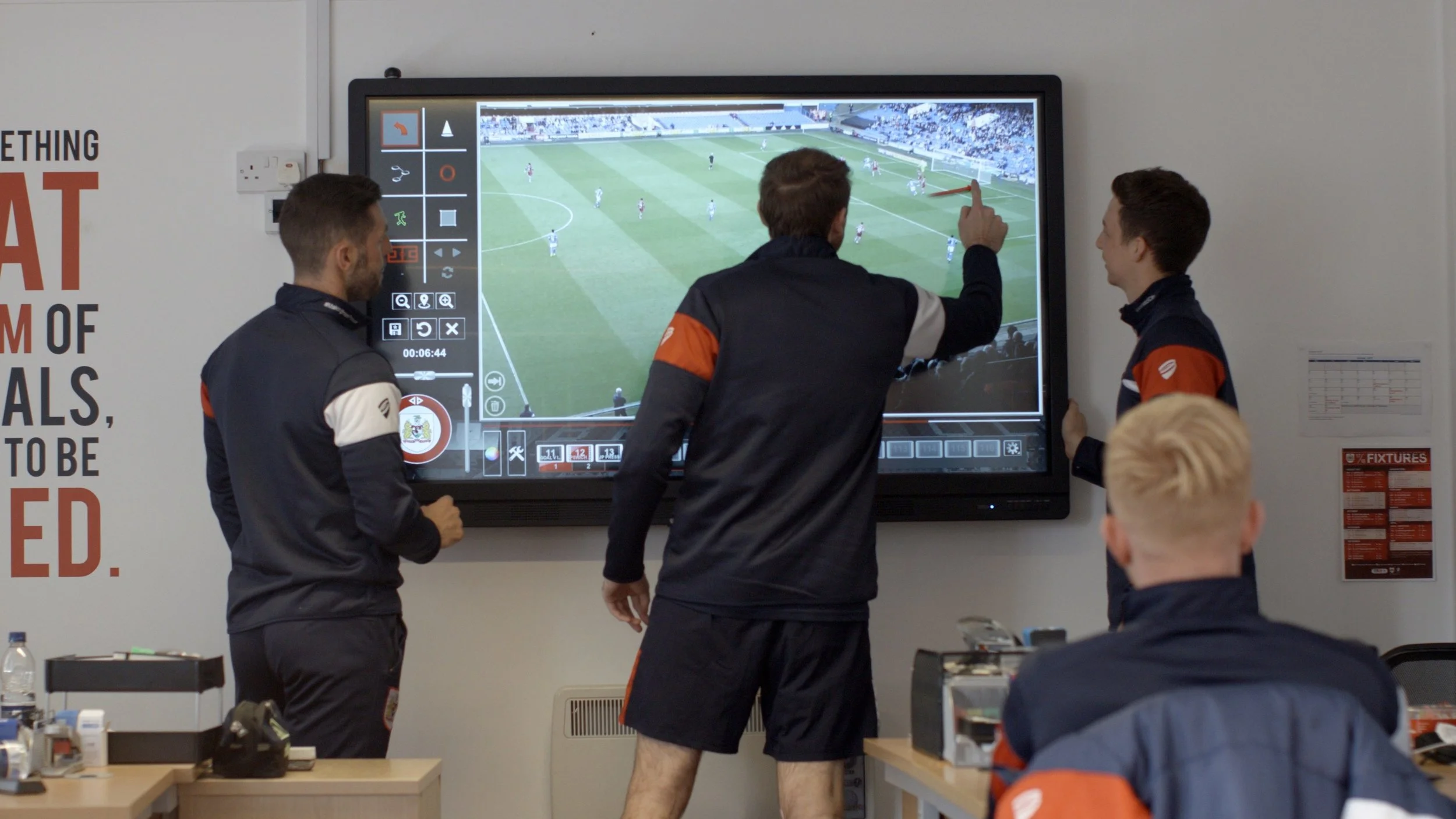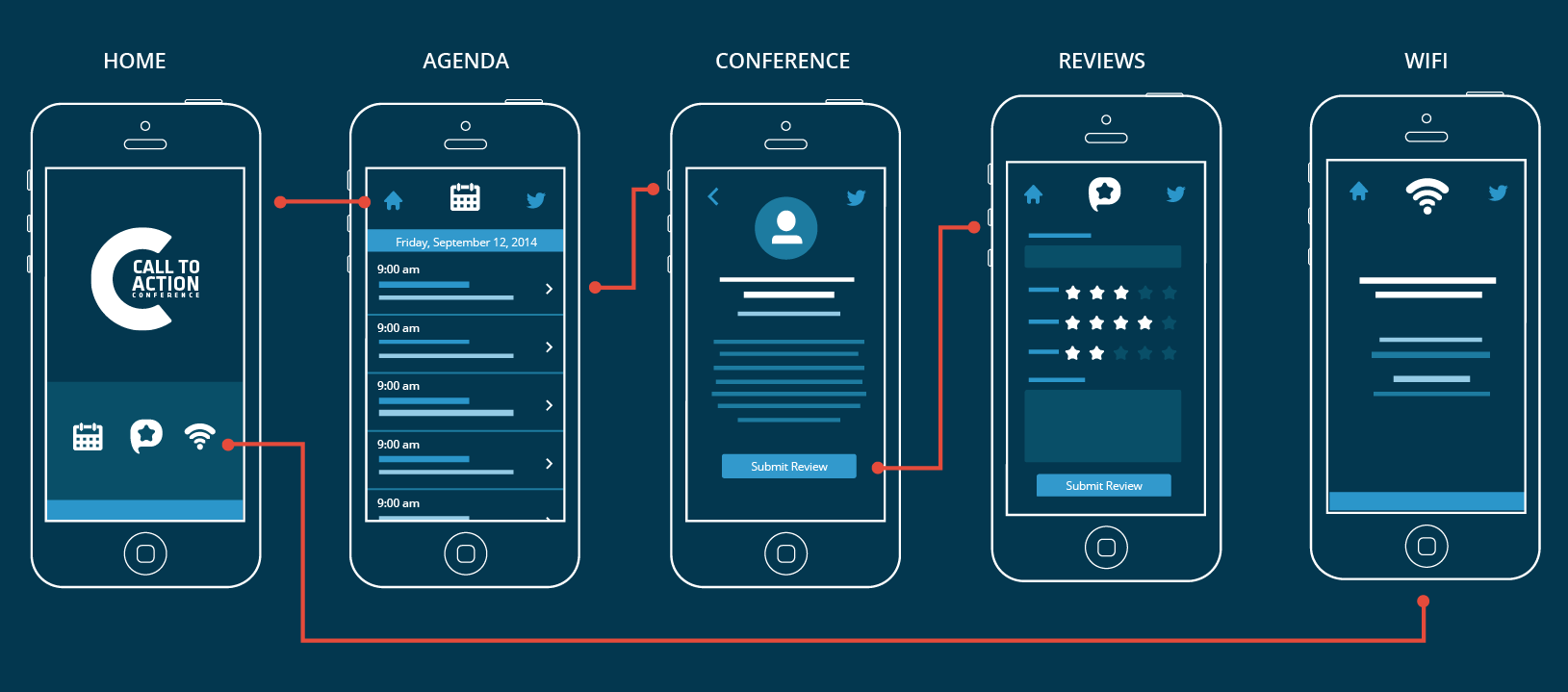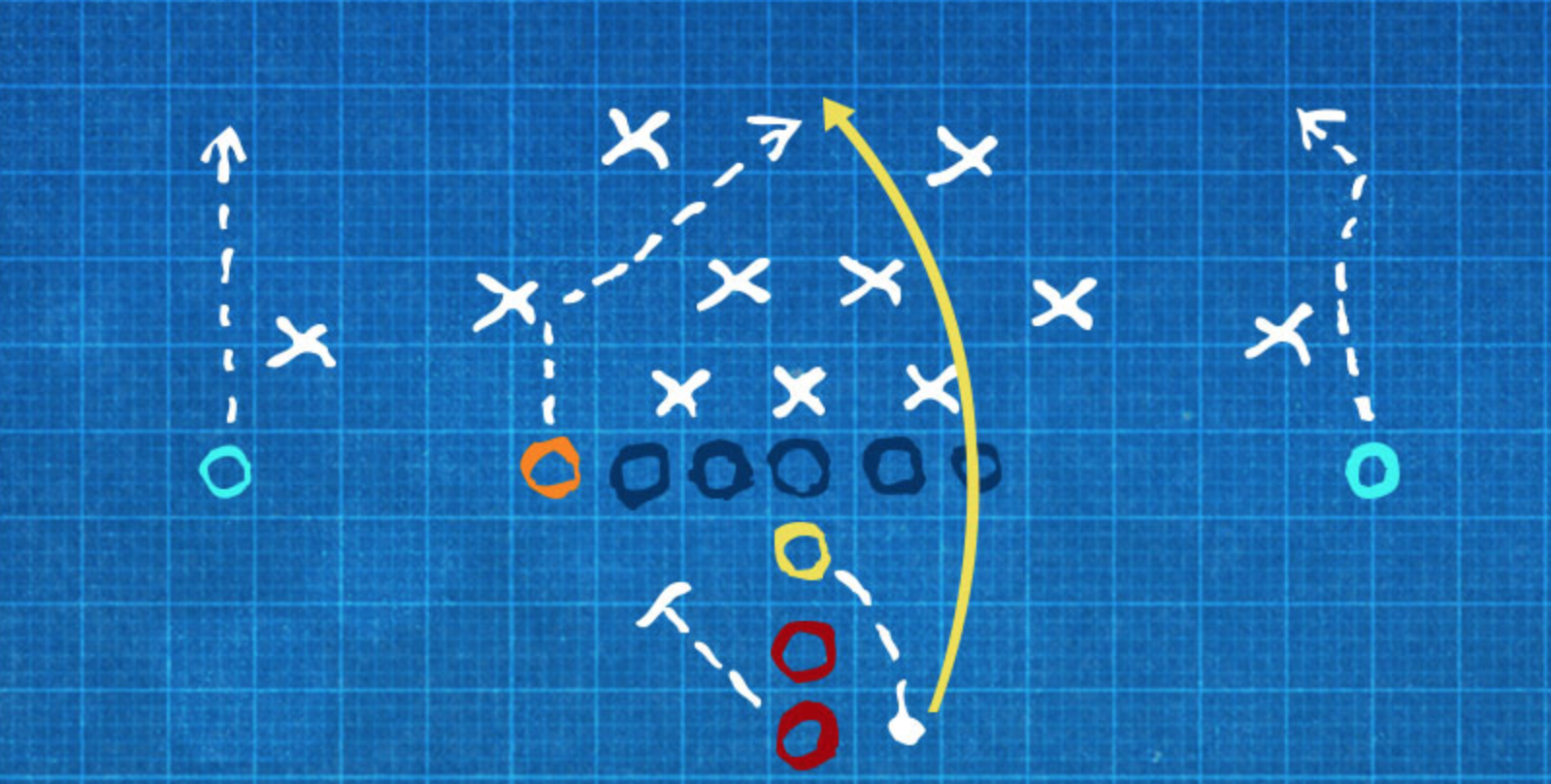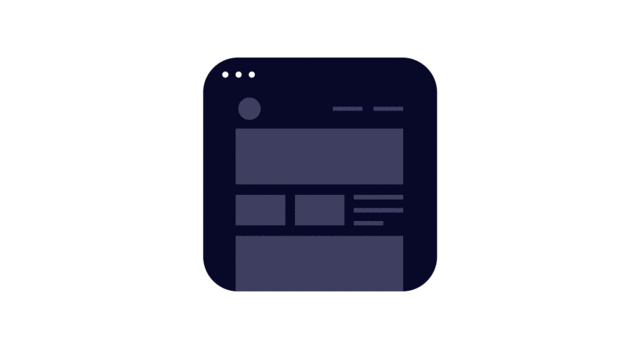DESIGNING AS AN ATHLETE
A Unique Approach to the UX Design Process
Throughout my experiences in life both personally and professionally, I have strived to develop skills and interests that are unique. My methodology as a designer merges these personal and professional experiences given my previous background as an athlete, working and coaching in youth, amateur, collegiate, and professional environments.
Combining my competitive nature from athletics to the creative aspects of design, I have developed a highly unique & simple approach for myself as a UX Designer to understand and solve design problems.
The Processes
In my initial exploration learning the stages of UX, I immediately made a connection between the design process and the process of preparing for an opponent in sports. This similarity to athletics helped me quickly familiarize myself with the design process by allowing me to compare it to something I have meticulously studied and practiced since I was a kid.
Design
The process of solving a design problem can be broken down into 4 major categories:
• (1) Research
• (2) Ideating
• (3) Interface Design
• (4) Testing
Athletics
The process of besting an athletic opponent can also be broken into 4 categories:
• (1) Preparation
• (2) Game Planning
• (3) Play Design
• (4) Practice
Each of these categories directly correspond to one another and can be used as a universal framework of design. To bridge the gap and make relevant connections between these concepts, I will explain each pair in how they contribute to their respective processes, and how they relate to one another.
PHASE 1
Design:Research & Athletics:Preparation
In Design, the research phase consists of :
Determining the problem to your user
Generating ideas of solutions to the problem
Acquiring information & context that gives perspective on why those solutions are going to work
Sticky note affinity maps are often go-to methods of starting this process
Designers utilize many methods of research to quickly organize potential ideas, thoughts, & solutions
In Athletics, the preparation phase consists of :
Studying your opponent to determine their strengths & weaknesses
Determining how those strengths/weaknesses can be exploited
Assessing your ability to match up and compete with the opponent
Watching film and analyzing scouting reports are usually how coaches and players go about preparing
Coaches analyze and study game film to identify potential areas of improvement to their teams
PHASE 1 REVIEW
Despite not getting the notoriety some of the latter phases get, mostly due to lack of visibility, Research and Preparation are often considered the most important aspects that if neglected, can render you as a designer/athlete completely helpless and unprepared.
This phase is crucial as the foundation of what you build around, and its accuracy will be the basis of why the next 3 phases ultimately succeed or fail in achieving the eventual goal.
PHASE 2
Design:IDEATING & Athletics:Game Planning
Design planning organizes, summarizes, and presents the research in a manner that can be easily understood as concepts and themes.
Planning can consist of numerous methods to represent this info such as flows, user scenarios, sitemaps, & personas.
Sitemaps give an overarching perspective of what content is within a website or app, as well as navigation avenues
Game planning in sports involves creating schemes for how to go about taking advantage of your opponents’ weaknesses and maximizing your strengths based on the preparation notes/analysis.
Coaches develop concepts to utilize certain personnel groups, formations, and types of plays that aim to put them in position to succeed given any scenario that may present itself throughout a game/competition.
Gameplans condense the preparation into visual concepts and graphs
PHASE 2 REVIEW
Phase 2 of planning is critical in translating the technical and in-depth aspects of Phase 1 into simplified ideas that can be understood by those who aren’t directly engrained in the research/preparation, but will be executing upon those ideas.
Excellent organization and communication in this phase is the key to success, as it serves as a stepping stone of turning raw content into great design.
PHASE 3
Design:Interface Design & Athletics:Play Design
Interface design is the actual content that will be viewed and interacted with by the user, usually in the form of a mobile app/website, a product, or service.
A designer is the creative master that can utilize almost infinite levels of resources, tools, and skills to constantly edit and iterate upon design to provide the best experience and avenue for the user to achieve their goal.
Wireframes follow sketching, giving a digital idea of the layout of the interface and how screens connect
Play design is often referred to as X’s & O’s, referring to diagrams of the players’ positions on the field of play represented by an “X”, “O” or other combinations of letters, numbers, and shapes.
These visuals are viewed from an overhead perspective, diagramming and showing the locations and movements of the offensive side executing against the defensive side, and vice versa.
Play diagrams help the athletes visualize and study what they will eventually do on the field of play
PHASE 3 REVIEW
The most visible and well known phase of these processes, design is the culmination of data and a high level of comprehension turned into a creative expression.
Great design can help solve all types of problems visually on the surface level, however it must incorporate knowledge from the previous two phases into the content. No matter how great a design is or seems to be, it can always be improved in some form or fashion, leading to the ever-ongoing iterative process.
PHASE 4
Design:Testing & Athletics:Practice
Testing a design gives the designers a real idea of how their creation will be received by the user. Its important to observe the test-takers in detail, asking them to be as objective as possible in their observations and experiences interacting with the design.
The feedback acquired from testing can be used not only to fix issues that arise in the design, but also bring improvements to the table the designer may not have noticed initially.
Testing methods allows a designer to receive real-time, objective feedback about what they’ve created
Practicing a designed play serves as a litmus test of how effective that play can be when used in real competition. Plays are designed “on paper”, but they must be practiced to allow the athletes to develop the necessary timing, spacing, technique, and execution to allow the play to work.
Feedback is determined by how the play is practiced and defended, giving coaches and athletes perspective on what needs to be tweaked or changed.
PHASE 4 REVIEW
Testing/Practice is a continuous iterative process within the overall Design Process. This phase allows for honing and improving the designers and athletes craft, as well as the “product” they eventually present or perform on a public stage.
Although it may be the last phase of the general design process, it certainly doesn't represent the end of designing. In fact, it actually signifies the beginning. These initial designs will undergo numerous changes and improvements until launch in an ongoing practice that aims to perfect them so long as time limitations will allow for.
Retrospective
Great design can be simple, but almost always requires creating something that stands out. Thinking of design from a competitive perspective that I can personally relate to helps me add a fun and enjoyable aspect to the design process that not only keeps me focused but helps foster creative ideas.
This is how to make an impact as an innovative designer, as I believe the ability to think of design through multiple mediums showcases the value of not being afraid to think outside-the-box. In an industry where trends and practices change rapidly, I know this approach can help anyone adapt quickly and be prepared.
Inspiration is important in the creative space and can manifest itself in many ways. While this approach speaks to me given my background and experiences, I encourage other designers to compare design to something they particularly care about. Exploring how that relationship may change perspective or bring ideas to mind that weren’t previously thought of can be a game-changer in this space by allowing designers to create and develop innovative and unique solutions.

